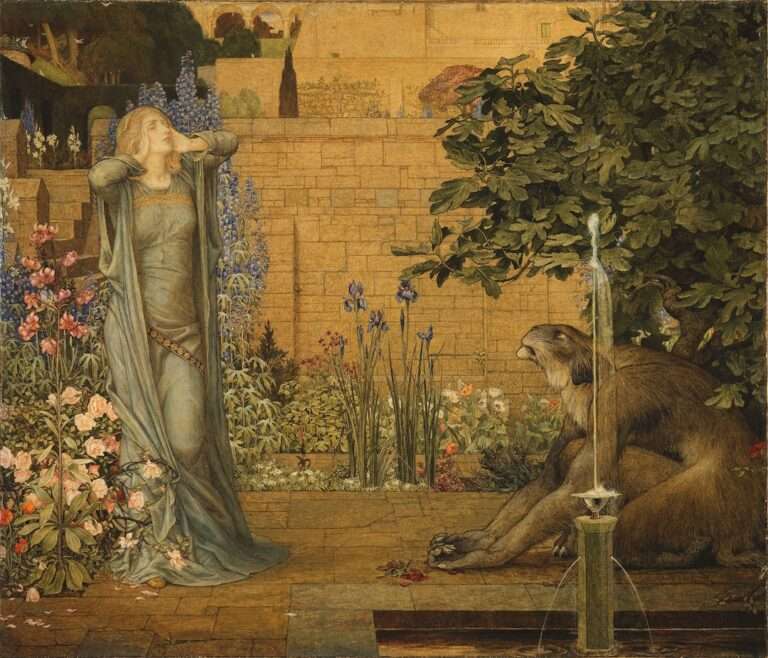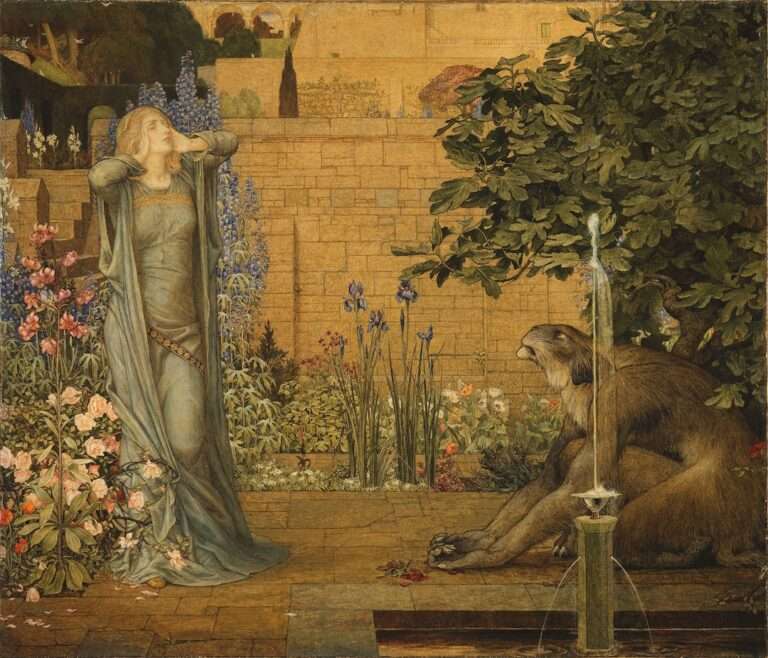The Healing Power of Color Symbolism in Health and Wellness

Color has long been recognized as having a profound impact on our emotions, mood, and overall well-being. From the vibrant hues of a sunset to the calming blues of the ocean, color has the power to evoke strong feelings and emotions within us. This understanding of color symbolism has been utilized in various health and wellness practices throughout history, with the aim of promoting optimal health and healing.
Understanding color symbolism is crucial in promoting well-being because different colors have different meanings and effects on our mind, body, and spirit. By harnessing the power of color, we can create environments that support our physical and emotional health, as well as enhance our spiritual well-being. Whether it’s through color therapy, alternative medicine practices, or simply incorporating color into our daily lives, understanding the symbolism of color can have a profound impact on our overall well-being.
The History and Cultural Significance of Color in Healing
The use of color in healing practices dates back thousands of years and can be found in various cultures and traditions around the world. In ancient Egypt, for example, color was used in healing rituals and ceremonies. The Egyptians believed that each color had its own unique healing properties and could be used to treat specific ailments. Similarly, in traditional Chinese medicine, color is used to balance the body’s energy and promote healing.
Color symbolism also plays a significant role in many indigenous cultures. For example, Native American tribes often incorporate color into their healing ceremonies and rituals. Each color is believed to represent a different aspect of nature and can be used to connect with the spiritual realm. In India, the practice of Ayurveda utilizes color therapy as a means of balancing the body’s doshas (energies) and promoting overall well-being.
The Science behind Color Therapy and its Benefits
Color therapy, also known as chromotherapy or light therapy, is a holistic healing modality that utilizes different colors to promote physical, emotional, and spiritual well-being. The practice is based on the belief that each color has its own unique vibration and energy, which can have a profound impact on our mind, body, and spirit.
Scientific research has shown that color therapy can have a range of benefits. For example, studies have found that exposure to certain colors can have a calming effect on the nervous system, reducing stress and anxiety. Other research has shown that certain colors can stimulate the production of endorphins, which are natural painkillers and mood enhancers.
Color therapy has also been found to have a positive impact on our immune system. Research has shown that exposure to certain colors can boost the production of white blood cells, which are responsible for fighting off infections and diseases. Additionally, color therapy has been found to improve sleep quality, enhance cognitive function, and promote overall well-being.
The Role of Color in Alternative Medicine and Holistic Healing
Color plays a significant role in alternative medicine practices and holistic healing modalities. Many alternative medicine practitioners incorporate color therapy into their treatments as a means of promoting balance and harmony within the body.
For example, in acupuncture, different colors are used to stimulate specific acupuncture points on the body. Each color is believed to correspond to a different meridian or energy pathway in the body, and by applying colored light to these points, the practitioner can help restore balance and promote healing.
Similarly, in aromatherapy, color is often used in conjunction with essential oils to enhance their healing properties. Different essential oils have different colors, and by using oils of specific colors, practitioners can target specific areas of the body or promote specific healing effects.
How Color Affects the Mind, Body, and Spirit
Color has a profound impact on our mind, body, and spirit. Each color has its own unique vibration and energy, which can affect us on multiple levels.
On a mental level, color can impact our mood, emotions, and cognitive function. For example, warm colors like red and orange are often associated with energy, passion, and excitement, while cool colors like blue and green are often associated with calmness, relaxation, and tranquility. By surrounding ourselves with colors that evoke positive emotions and feelings, we can enhance our mental well-being.
On a physical level, color can have a direct impact on our health and well-being. For example, studies have shown that exposure to certain colors can affect our heart rate, blood pressure, and respiratory rate. Additionally, different colors have been found to stimulate different parts of the brain, which can have a direct impact on our physical health.
On a spiritual level, color can be used to connect with our higher selves and the divine. Many spiritual traditions believe that each color has its own unique spiritual significance and can be used to enhance our spiritual well-being. By incorporating color into our spiritual practices, we can deepen our connection to the divine and promote spiritual growth.
Color Symbolism in Traditional Medicine and Healing Practices

Color symbolism is also prevalent in traditional medicine practices around the world. In many cultures, specific colors are associated with specific healing properties and are used to treat various ailments.
For example, in traditional Chinese medicine, the five elements theory is often used to determine the appropriate color for treating a specific condition. Each element is associated with a specific color, and by using the corresponding color in treatment, practitioners can help restore balance and promote healing.
Similarly, in Ayurveda, each dosha (energy) is associated with a specific color. By incorporating the appropriate color into treatment, Ayurvedic practitioners can help balance the doshas and promote overall well-being.
Using Color to Balance the Chakras and Promote Energy Flow
The chakra system is an ancient system of energy centers located along the spine. Each chakra is associated with a specific color, and by using color therapy, we can balance and activate these energy centers.
For example, the root chakra, which is located at the base of the spine, is associated with the color red. By surrounding ourselves with the color red or visualizing a red light at the base of our spine, we can help balance and activate this chakra, promoting a sense of grounding and stability.
Similarly, the heart chakra, which is located in the center of the chest, is associated with the color green. By surrounding ourselves with the color green or visualizing a green light in our heart center, we can help balance and activate this chakra, promoting love, compassion, and emotional healing.
Color Psychology and its Impact on Mental Health
Color psychology is the study of how color affects our mood, emotions, and mental well-being. Different colors have different psychological effects on us and can impact our mood in various ways.
For example, warm colors like red and orange are often associated with energy, passion, and excitement. These colors can stimulate our senses and increase our heart rate and blood pressure. They are often used to create a sense of urgency or to grab attention.
On the other hand, cool colors like blue and green are often associated with calmness, relaxation, and tranquility. These colors have a soothing effect on our nervous system and can help reduce stress and anxiety. They are often used in environments where relaxation and peace are desired.
Incorporating Color into Daily Life for Improved Well-being
Incorporating color into our daily lives is a simple yet powerful way to promote improved well-being. There are many ways to do this, from wearing colorful clothing to decorating our homes with vibrant hues.
One way to incorporate color into our daily lives is through our clothing choices. By wearing colors that evoke positive emotions and feelings within us, we can enhance our mood and overall well-being. For example, wearing a vibrant red shirt can help boost our energy and confidence, while wearing a calming blue dress can help promote relaxation and tranquility.
Another way to incorporate color into our daily lives is through our home environment. By decorating our homes with colors that promote a sense of calmness and well-being, we can create a sanctuary that supports our physical and emotional health. For example, painting our bedroom walls a soothing shade of blue or green can help promote restful sleep and relaxation.
Harnessing the Power of Color for Optimal Health and Healing
Understanding color symbolism in health and wellness practices is crucial for promoting optimal health and healing. By harnessing the power of color, we can create environments that support our physical, emotional, and spiritual well-being.
Whether it’s through color therapy, alternative medicine practices, or simply incorporating color into our daily lives, understanding the symbolism of color can have a profound impact on our overall well-being. By exploring the use of color therapy and incorporating color into our daily lives, we can tap into the healing power of color and promote improved well-being.
If you’re interested in exploring the fascinating world of color symbolism in health and wellness, you might also enjoy reading about the symbolism of the snake. Snakes have long been associated with healing and transformation in various cultures. To delve deeper into this intriguing topic, check out this article on symbolismhub.com. It’s a great resource to expand your knowledge and discover the hidden meanings behind different symbols.
FAQs
What is color symbolism?
Color symbolism is the use of colors to represent ideas, emotions, and concepts. It is a cultural and psychological phenomenon that has been used in various fields, including art, literature, and marketing.
How is color symbolism used in health and wellness?
Color symbolism is used in health and wellness to promote healing, relaxation, and balance. Different colors are believed to have different effects on the mind and body, and are used in various therapies, such as color therapy, chromotherapy, and light therapy.
What are some common color associations in health and wellness?
Some common color associations in health and wellness include:
– Red: energy, passion, and vitality
– Orange: creativity, warmth, and happiness
– Yellow: optimism, clarity, and focus
– Green: balance, harmony, and growth
– Blue: calmness, serenity, and trust
– Purple: spirituality, intuition, and wisdom
What is color therapy?
Color therapy, also known as chromotherapy, is a form of alternative medicine that uses colors to promote healing and balance in the body. It is based on the idea that different colors have different frequencies and vibrations that can affect the energy centers (chakras) in the body.
What is light therapy?
Light therapy is a form of treatment that uses light to improve mood, sleep, and other aspects of health. It is commonly used to treat seasonal affective disorder (SAD), a type of depression that occurs during the winter months. Light therapy can also be used to treat other conditions, such as skin disorders and sleep disorders.





